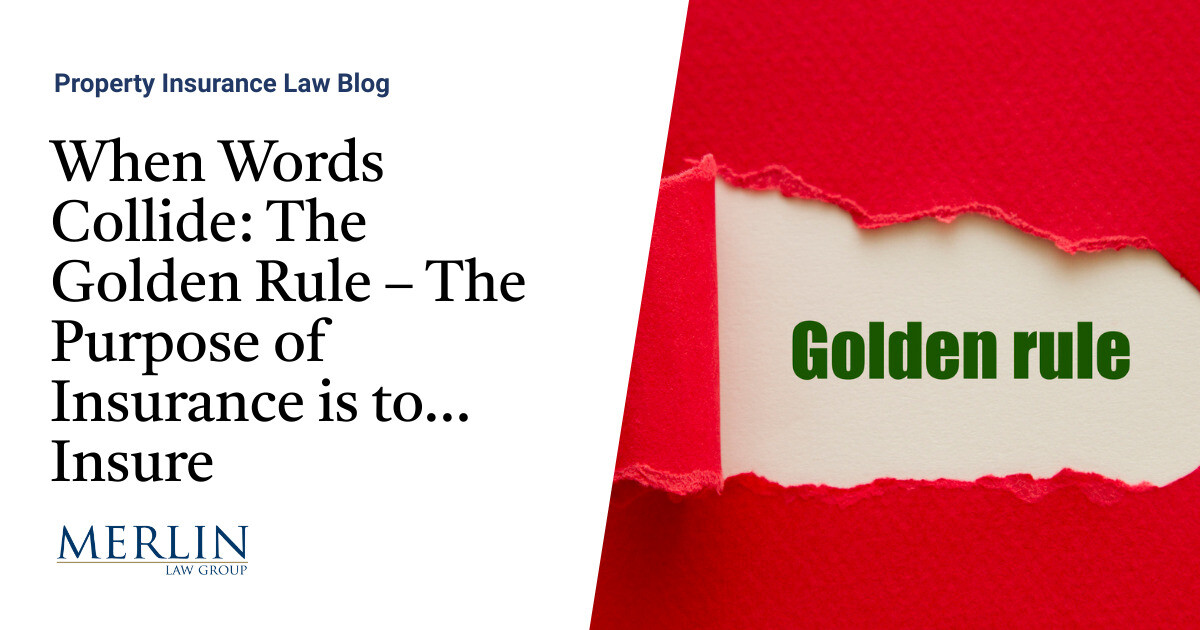Our Pacific Prime Statements
Our Pacific Prime Statements
Blog Article
The Basic Principles Of Pacific Prime
Table of ContentsThe Greatest Guide To Pacific Prime3 Simple Techniques For Pacific PrimeThe Basic Principles Of Pacific Prime Pacific Prime for Dummies
In most states, the insurance provider is required to send you a duplicate of the changes to your plan. It is very important that you check out Endorsements or Riders so you recognize exactly how your policy has actually changed and if the policy is still appropriate to fulfill your needs. To obtain a duplicate of your insurance coverage, please contact your insurance representative or business.
The Institute of Medication (IOM) Board on the Repercussions of Uninsurance launches an extensive exam of evidence that addresses the significance of health insurance policy coverage with the publication of this report. Insurance coverage Matters is the very first in a series of six records that will be provided over the next 2 years recording the reality and consequences of having actually an approximated 40 million individuals in the United States without medical insurance coverage.

The Greatest Guide To Pacific Prime
The objective of this series of research studies is to redouble policy focus on a historical trouble. Adhering to the lengthiest financial expansion in American history, in 1999, an estimated one out of every 6 Americans32 million grownups under the age of 65 and more than 10 million childrenremains without insurance (Mills, 2000).

Ten percent of the population accounts for 70 percent of health and wellness treatment expenses, a correlation that has continued to be constant over the past three decades (Berk and Monheit, 2001) - group insurance plans. Thus medical insurance continues to serve the function of spreading risk even as it progressively funds regular treatment. From the viewpoint of wellness treatment companies, insurance policy lugged by their people helps secure an income stream, and neighborhoods benefit from economically feasible and secure wellness treatment practitioners and institutions
Government offers health insurance to populations whom the private market might not offer properly, such as impaired and seniors, and populations whose access to healthcare is socially valued, such as youngsters and expectant females. The utmost ends of wellness insurance policy protection for the specific and neighborhoods, including workplace areas of staff members and employers, are improved health results and lifestyle.
About Pacific Prime
Staff members rate wellness insurance policy first by far in significance among all the advantages used in the office (Salisbury, 2001). There have been substantial financial investments of individual and public funds to supply health insurance policy, many individuals still have no insurance coverage. Despite extensive reporting of survey searchings for and health treatment study results, the general public remains baffled and mistaken concerning Americans without health insurance coverage and the effects of lacking protection.

Without doubt, the complexity of American healthcare funding mechanisms and the riches of resources of details include go now to the general public's confusion and uncertainty concerning medical insurance stats and their analysis. This record and those that will certainly adhere to purpose to boil down and offer in readily understandable terms the considerable research that bears on questions of medical insurance coverage and its significance.
Fifty-seven percent of Americans surveyed in 1999 believed that those without medical insurance are "able to get the care they require from medical professionals and medical facilities" (Blendon et al., 1999, p. 207). In 1993, when national interest was concentrated on the issues of the without insurance and on pending health care legislation, just 43 percent of those questioned held this idea (Blendon et al., 1999).

They additionally get fewer preventive solutions and are much less likely to have regular look after persistent problems such as hypertension and diabetic issues. Chronic diseases can cause costly and disabling problems if they are not well handled (Lurie et al., 1984; Lurie et al., 1986; Ayanian et al., 2000). One nationwide survey asked more than 3,400 adults regarding 15 extremely significant or morbid conditions.
The smart Trick of Pacific Prime That Nobody is Talking About
Extra proof is presented later on in this chapter in the conversation of insurance coverage and access to wellness care. https://pacific-prime.jimdosite.com/. People without medical insurance are young and healthy and balanced and choose to do without coverage. Virtually half (43 percent) of those surveyed in 2000 believed that people without medical insurance are most likely to have illness than people with insurance policy
Voters and plan manufacturers in emphasis group conversations characterize those without insurance policy as young people that have the possibility to be covered and feel they do not need it (Porter Novelli, 2001). Compared to those with at the very least some private protection, the without insurance are less most likely to report remaining in excellent or extremely great health and wellness (Firm for Health Care Study and Top Quality, 2001).
SOURCE: Facility for Expense and Funding Studies, Company for Medical Care Research Study and High quality, based upon MEPS information. Young adults in between 19 and 34 are much more likely to lack medical insurance than any type of various other age team. This is primarily because they are less commonly qualified for employment-based insurance due to the nature of their task or their brief period in it.
The assumption that individuals without insurance policy have better-than-average health follows from puzzling the reasonably young age account of the without insurance with the far better wellness, generally, of more youthful individuals. This covers the web link between health and wellness condition and health and wellness insurance coverage. For those without accessibility to work environment medical insurance, bad health and wellness is a prospective barrier to buying nongroup insurance coverage because such protection might be highly priced, leave out pre-existing conditions, or be just inaccessible.
Report this page